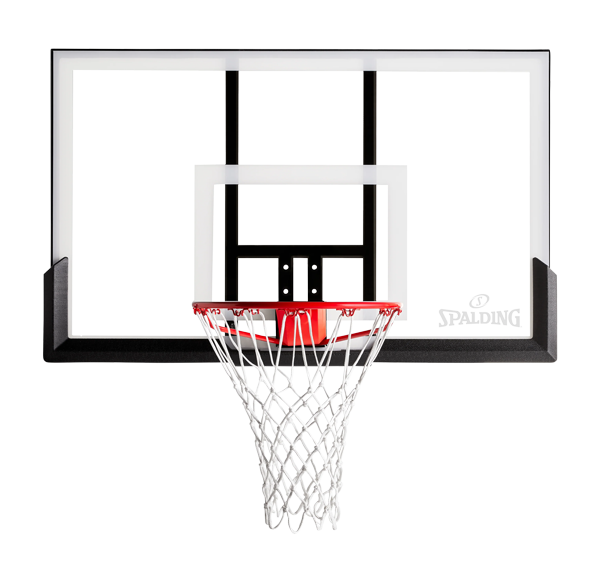- March 1, 2025
Basketball Terminology For Parents
As parents of young basketball players, it can sometimes be tricky to keep up with all the terms and phrases your child might use or hear on the court. Understanding the basic basketball terminology can help you engage more effectively with your child, support their development, and gain a better appreciation for the game. Below is a guide to some of the most common basketball terms you’ll encounter:


Basic Basketball Terms
Dribbling: The act of bouncing the ball while moving. Players must dribble the ball to advance it down the court or when they are closely guarded.
Shooting: The action of attempting to score by throwing the ball into the opponent’s basket. A “shot” can be taken from various areas on the court, such as inside the key, the three-point line, or free throw line.
Rebound: The act of gaining possession of the ball after a missed shot attempt. A player who grabs the ball after a missed shot is said to have “rebounded” the ball.
Pass: When a player throws the ball to a teammate in an attempt to keep the game moving or set up a shot. A “bounce pass” involves bouncing the ball on the floor, while a “chest pass” is thrown directly from one player to another.
Assist: A pass made to a teammate who then scores a field goal. For example, if a player passes the ball to someone who makes a basket, it’s considered an assist.
Positions on the Court
There are 5 players on the court at a time
Point Guard (PG)
Often referred to as the "floor general," the point guard is responsible for running the team’s offense, distributing the ball, and setting up plays.
Shooting Guard (SG)
Typically one of the team’s best shooters, the shooting guard’s job is to score points, especially from long-range shots, like the three-pointer.
Small Forward (SF)
A versatile player who can score both inside and from outside. The small forward is often a great all-around player and may guard the opposing team’s best scorer.
Power Forward (PF)
A player who plays close to the basket but is also capable of taking mid-range shots. The power forward is often responsible for securing rebounds and scoring in the paint.
Center (C)
Usually the tallest player on the team, the center plays near the basket, focusing on rebounds, shot-blocking, and scoring under the rim.

Important Terms in the Game
Dribble Move: A technique used by a player to move past an opponent while maintaining control of the ball, such as a “crossover” or a “behind-the-back” dribble.
Double Dribble: This violation occurs when a player stops dribbling, then starts dribbling again or dribbles with both hands at once. It results in a turnover.
Traveling: When a player takes too many steps without dribbling the ball, it’s considered “traveling.” This results in a turnover and possession is given to the other team.
Foul: A violation of the rules, usually involving illegal physical contact with an opposing player. Players may be awarded free throws if fouled during certain situations.
Free Throw: A shot taken from the free-throw line, awarded after a player is fouled. The shooter has no defense while attempting a free throw.
Scoring Terms
- Two-Point Field Goal: A basket made from anywhere inside the three-point line. This is the most common way of scoring during the game.
- Three-Point Field Goal: A basket made from beyond the three-point line, earning three points instead of two.
- Free Throw: A shot taken from the free-throw line without interference, worth one point.
Defensive Terms
- Man-to-Man Defense: A defensive strategy where each player is responsible for guarding a specific opponent.
- Zone Defense: A defensive strategy where players cover specific areas of the court instead of individual players.
- Steal: When a player legally takes the ball away from an opponent.
- Block: A defensive action where a player deflects or stops an opponent’s shot attempt.
Understanding these terms can help you better follow the action on the court and communicate with your child about their progress in the game. Whether they’re just starting out or have been playing for a while, knowing these key terms will allow you to support their basketball journey more confidently!
The first game of basketball, played on December 21, 1891, had just 18 players and was far from the fast-paced, high-scoring game we know today. The first version of the sport was slow and low-scoring, and the rules were gradually refined as the game gained popularity. Over the next decade, the game spread quickly across the United States, thanks in part to the YMCA’s influence, which helped introduce basketball to various communities. By 1936, basketball was officially added to the Olympic Games, marking a major milestone in the sport’s global growth.
As the decades passed, basketball evolved from a simple recreational activity to a worldwide phenomenon. The National Basketball Association (NBA), founded in 1946, played a significant role in shaping modern basketball. Through the league’s expansion, groundbreaking athletes like Michael Jordan, Magic Johnson, Larry Bird, Kobe Bryant, and LeBron James, the sport reached new heights in terms of global appeal, viewership, and cultural influence.
Today, basketball is played by millions across the globe, from local pickup games to professional leagues, with innovations such as the three-point line and advanced coaching strategies continuously shaping the game. From its humble beginnings in a small gym to its current status as a worldwide sport, basketball has come a long way, uniting people of all ages, backgrounds, and cultures through the love of the game.
Privacy Policy | Copyright © 2025 North West Saints Basketball Club






